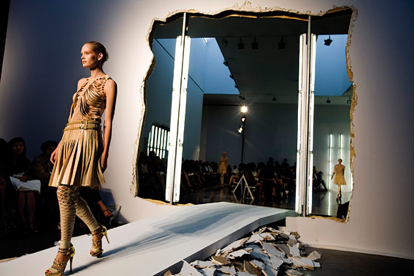PHILIPPE DIOLÉ (1908-1977) was adventurer; travelling both under the sea and through the desert, he left behind beautiful comparisons between the two vast elements. He mirrored each of their qualities and effects upon the human condition; referring to the desert as the earthly twin of the sea, and stating ‘When consciousness makes its way beyond this wall, it achieves the greatest of all transitions: the transplanting of the inner man.’1 In the desert there is a sacred calm; an aerial void consumed and produced within oneself. It has thus been used throughout history and contemporary culture to represent an edge, or threshold, to reality in order to render a transcending experience; an ultimate sense of freedom and a gate to the beyond.
While the desert is often a source of inspiration for film and art, it delivers other creators back to a place in their memory too, fuelling a desire to create a sensory experience from this context. Sisters Kate and Laura Mulleavy of Rodarte grew up in this setting, stating in an interview with Maurizio Cattelan that, ‘upon seeing our collection completed we began to see its connection to the arid desert landscapes that we had grown up with… We are attracted to imperfection and to the beauty of chaos.’2 Or in Philippe Diolé’s words, ‘a vast pandemonium frozen into stillness.’3

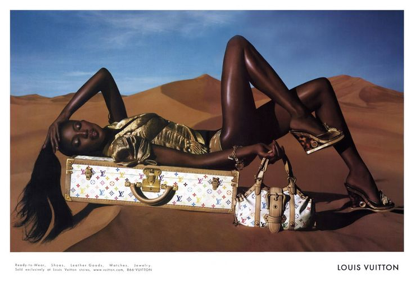
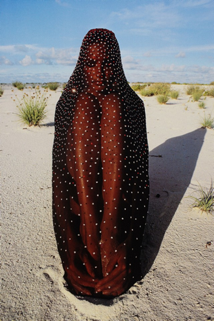
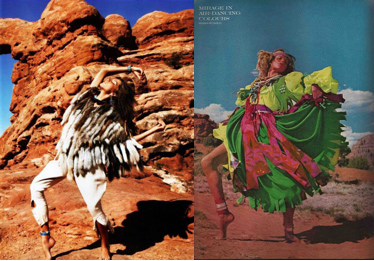
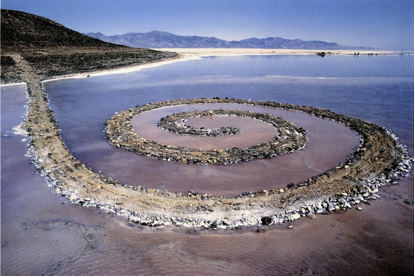
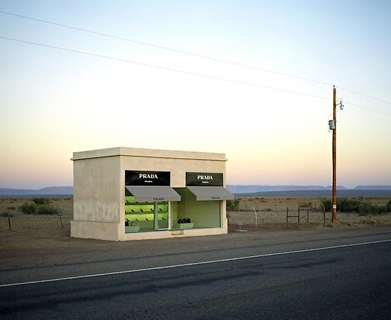
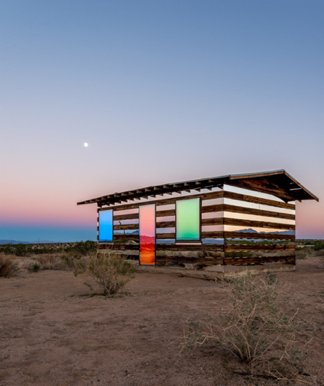
‘Lucid Stead is about tapping into the quiet and the pace of change of the desert. When you slow down and align yourself with the desert, the project begins to unfold before you. It reveals that it is about light and shadow, reflected light, projected light, and change.’
Phillip K Smith III4
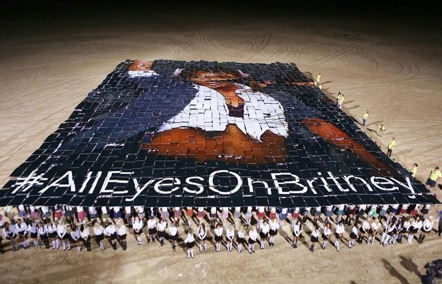
Anna Ellinor Sundström is a photographer, filmmaker and founder of VNIVRS.
P Diolé, The Most Beautiful Desert of All, London, Jonathan Cape, 1959, p. 207. ↩
Flash Art, ‘A Material World’, Issure 277, March-April 2011, http://www.flashartonline.com/interno.php?pagina=articolo_det&id_art=698&det=ok&title=RODARTE ↩
Interview with P Diolé, The Spectator, 23 April 1959, p.29. ↩
http://royaleprojects.com/lucid-stead#/i/1 ↩
